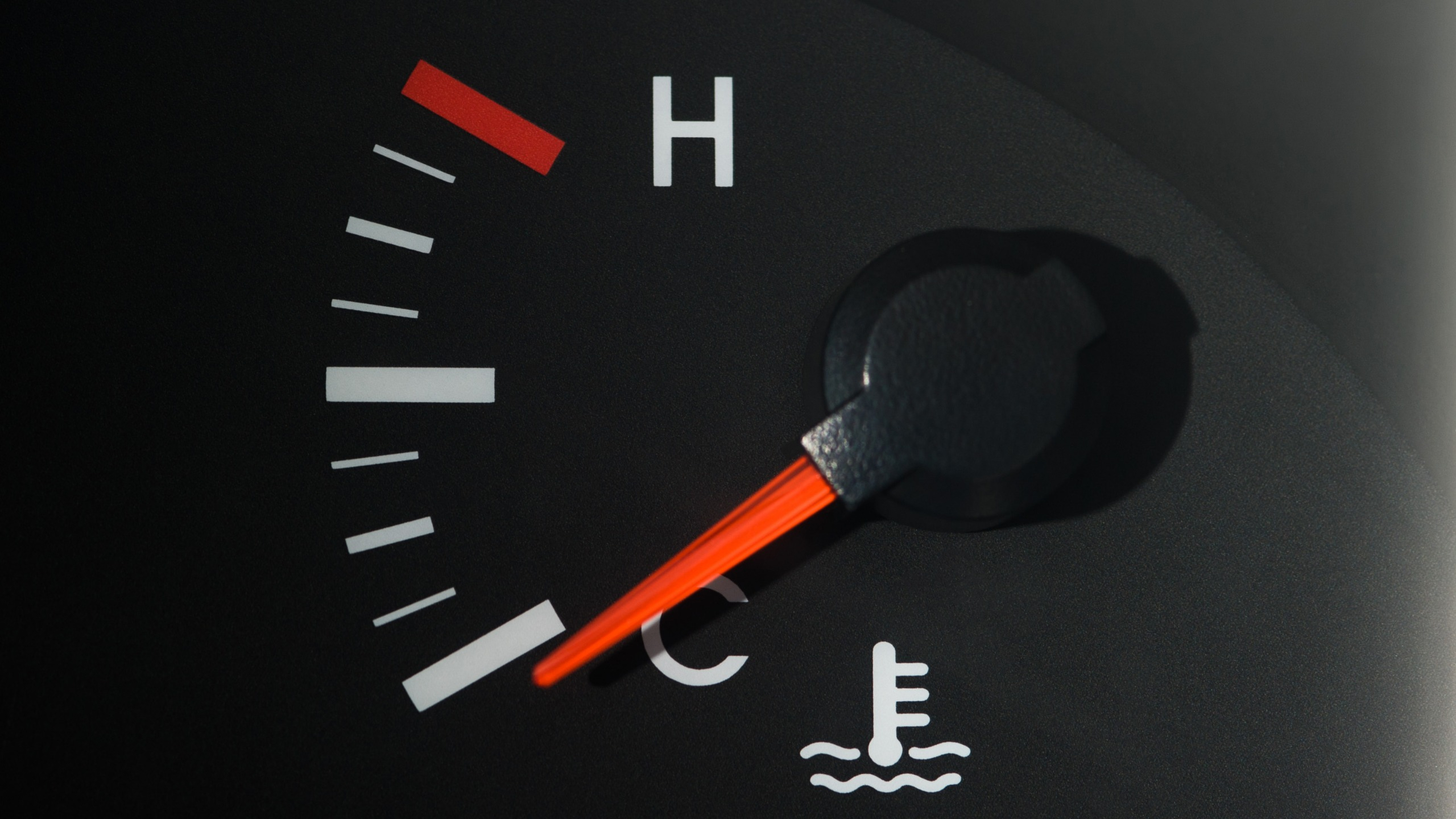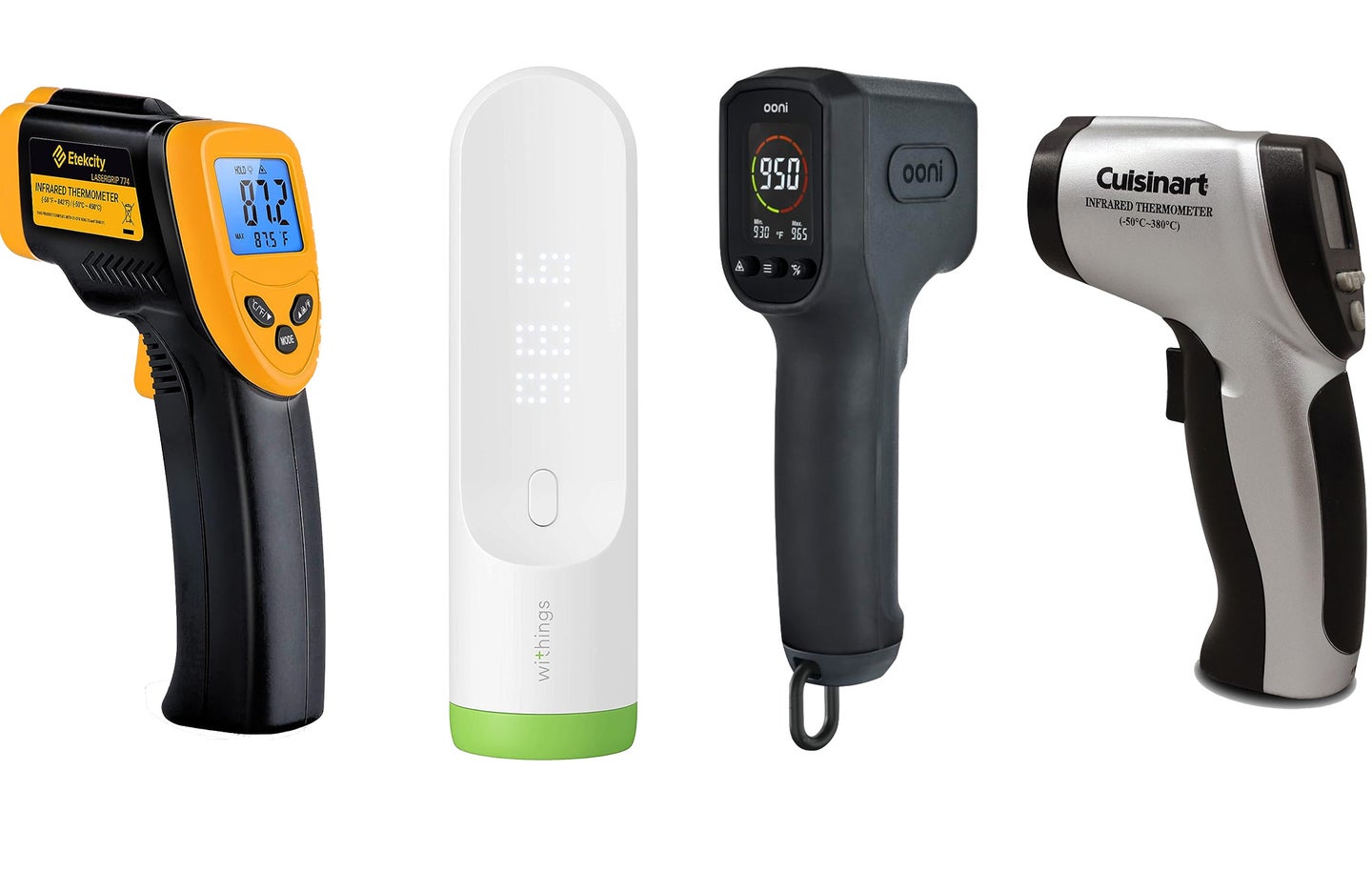To read the temperature gauge in a car, locate the gauge on the dashboard and check the current reading. The temperature gauge in your car provides important information about the engine’s operating temperature.
Monitoring the temperature gauge is crucial to prevent overheating and potential engine damage. By understanding how to read the temperature gauge, you can respond promptly to any changes in the engine’s temperature. This article will guide you through the process of reading the temperature gauge in your car, providing you with the knowledge to keep your engine running smoothly and avoid costly repairs.
Follow these simple steps to ensure you are equipped to monitor the temperature of your car effectively and make informed driving decisions.

Credit: www.chase.com
Understanding The Car Temperature Gauge
Understanding the car temperature gauge is crucial for every driver as it helps you monitor the engine’s temperature and prevent potential overheating issues. In this article, we will explore what a car temperature gauge is and how it works, providing you with the knowledge to read and interpret it accurately. Let’s dive in!
H3: What is a car temperature gauge?What Is A Car Temperature Gauge?
A car temperature gauge is a vital instrument located on the dashboard that displays the temperature of the engine coolant or the engine itself. It provides real-time information about the engine’s temperature, allowing you to gauge whether it is operating within the optimal range or if there is a risk of overheating.
H3: How does a car temperature gauge work?How Does A Car Temperature Gauge Work?
The car temperature gauge consists of two main components: the sending unit and the gauge itself. The sending unit is mounted on the engine and measures the temperature of the coolant. It works by utilizing a heat-sensitive resistor known as a thermistor, which changes its electrical resistance based on the temperature. As the engine’s temperature increases, the resistance of the thermistor decreases, resulting in a corresponding change in the electrical signal it sends to the gauge.
The gauge, on the other hand, is connected to the sending unit via an electrical wire. It receives the electrical signal from the sending unit and converts it into a visual representation on the dashboard. Typically, the gauge has a range from cold to hot, with a needle or digital display marking the current temperature reading. When the engine is cold, the needle will be on the lower end of the gauge, while overheating will cause it to move towards the hot end.
Understanding the car temperature gauge is essential to identify any abnormal temperature readings and take appropriate action to avoid engine damage. Regularly monitoring the gauge while driving can help you catch early signs of overheating, such as a rising temperature beyond the normal range.
In summary, a car temperature gauge is an instrument that displays the temperature of the engine coolant or the engine itself. It works by utilizing a sending unit mounted on the engine, which measures the temperature using a thermistor. This unit sends an electrical signal to the gauge, located on the dashboard, which converts it into a visual representation for the driver. By keeping an eye on the car temperature gauge, you can ensure that your engine is running at an optimal temperature and take immediate action if any overheating issues arise.

Credit: www.ramseysolutions.com
Importance Of Monitoring Car Temperature
Car temperature is a crucial aspect that needs to be monitored regularly to ensure optimal performance and prevent any potential damage. The engine in your car operates best within a specific temperature range, and any deviation from this range can lead to various complications. In this section, we will discuss the importance of monitoring car temperature, the consequences of overheating, and how you can avoid such issues.
Why Is It Important To Monitor Car Temperature?
Monitoring your car’s temperature gauge is of utmost importance for several reasons:
- Preventing engine damage: A properly functioning engine requires the correct operating temperature. If the temperature rises above the optimal range, it can cause severe damage to the internal components, such as the cylinder head, gaskets, or even the engine block itself. Monitoring the temperature gauge allows you to take immediate action if the engine is running too hot, preventing expensive repairs or engine failure.
- Ensuring fuel efficiency: When the engine is operating within its ideal temperature range, it can burn fuel more efficiently. Monitoring the temperature gauge helps you identify any deviations from the optimal temperature, enabling you to address the issue promptly and maintain optimal fuel efficiency.
- Preventing overheating: In hot weather or during prolonged periods of driving, your car may be prone to overheating. Overheating can be caused by a variety of factors, such as a malfunctioning coolant system, a faulty radiator, or a failing thermostat. Regularly monitoring your car’s temperature gauge allows you to spot any signs of overheating and take appropriate action, such as pulling over and allowing the engine to cool down, or seeking professional help if necessary.
Consequences Of Overheating
Overheating can lead to several undesirable consequences, including:
- Engine damage: As previously mentioned, prolonged overheating can cause severe damage to the engine components. The excess heat can warp or crack critical engine parts, leading to costly repairs or even requiring a complete engine replacement.
- Reduced performance: When the engine temperature rises, it starts to lose efficiency, leading to reduced power output and decreased vehicle performance. This not only affects acceleration but also impacts the overall driving experience.
- Interruption of travel: If your car overheats while you are on the road, it can leave you stranded and in a potentially dangerous situation. Overheating can result in a breakdown, which may require towing and extensive repairs before you can get back on the road.
By monitoring your car’s temperature gauge regularly and ensuring it stays within the optimal range, you can prevent these consequences and maintain a smooth and trouble-free driving experience.
Expert Tips For Mastering Reading Car Temperature Gauge
As a responsible car owner, it is essential to understand how to read the temperature gauge in your car. The temperature gauge plays a crucial role in monitoring the engine’s operating temperature, ensuring it stays within the normal range. In this section, we will provide you with expert tips on how to master reading your car temperature gauge, helping you identify any potential issues and take appropriate action. By regularly checking the gauge, understanding the normal operating temperature range, recognizing warning signs of overheating, and taking immediate action for abnormal readings, you can maintain the health of your car’s engine and prevent costly repairs.
Check The Gauge Regularly
Regularly checking your car’s temperature gauge is the first step towards maintaining a healthy engine. Ignoring the gauge can result in serious damage to the engine and expensive repairs. Here are some tips on how to check the gauge regularly:
- Start by ensuring that your vehicle is parked on a level surface with the engine turned off.
- Locate the temperature gauge on your car’s dashboard. It is usually marked by a needle or a digital display.
- Turn on the ignition without starting the engine.
- Observe the temperature gauge’s reading. It should be within the normal operating temperature range.
- Make a mental note of the gauge’s position for future reference. This will help you identify any significant changes easily.
Understand The Normal Operating Temperature Range
Understanding the normal operating temperature range of your car’s engine is crucial in identifying any deviations and taking appropriate action. The normal range varies depending on the vehicle make and model, but it typically falls between 195°F and 220°F (90°C to 105°C). Here are some key points to keep in mind:
- Most cars have a midway point on the temperature gauge, indicating the ideal operating temperature.
- If the needle or digital display remains below this midway point, it indicates that the engine is still warming up and hasn’t reached its normal operating temperature.
- If the needle or digital display exceeds the midway point and nears the red zone, it signifies that the engine is running hot and needs attention.
- Refer to your car’s manual for specific temperature ranges and gauge markings to ensure accurate interpretation.
Recognize Warning Signs Of Overheating
Recognizing the warning signs of your engine overheating can help you take immediate action and prevent further damage. Here are some common signs to watch out for:
| Warning Signs of Overheating |
|---|
| Steam or smoke coming from the engine |
| A strong smell of burning coolant or rubber |
| The temperature gauge rapidly approaching or entering the red zone |
| Loss of power or acceleration |
| Unusual engine noises |
Take Appropriate Action When The Gauge Shows Abnormal Readings
When your car’s temperature gauge shows abnormal readings, it is crucial to take immediate action to prevent further damage. Here are some steps you can take:
- Pull over and park your car in a safe location.
- Turn off the engine and open the hood to allow heat to escape.
- Never attempt to remove the radiator cap or any other cooling system components while they are hot.
- Check the coolant level and add more if necessary. Remember to allow the engine to cool down before removing the radiator cap.
- Inspect for any leaks or signs of damage that may be causing the abnormal temperature readings.
- If you are unable to resolve the issue or the gauge continues to show abnormal readings, it is recommended to call for professional assistance or have your vehicle towed to a trusted mechanic.
By following these expert tips, you can effectively read your car’s temperature gauge, understand the normal operating range, recognize warning signs of overheating, and take appropriate action when necessary. Regular maintenance and monitoring of your car’s temperature gauge can save you from costly repairs and ensure the longevity of your vehicle’s engine.

Credit: www.popsci.com
Conclusion
Understanding how to read the temperature gauge in your car is essential for ensuring your vehicle’s safety and performance. By interpreting the gauge accurately, you can prevent overheating issues and potential damage to your engine. Remember to always pay attention to any abnormal readings and take appropriate action, such as stopping the car and seeking professional help if necessary.
Stay vigilant and keep an eye on your temperature gauge to keep your car running smoothly on the road.

